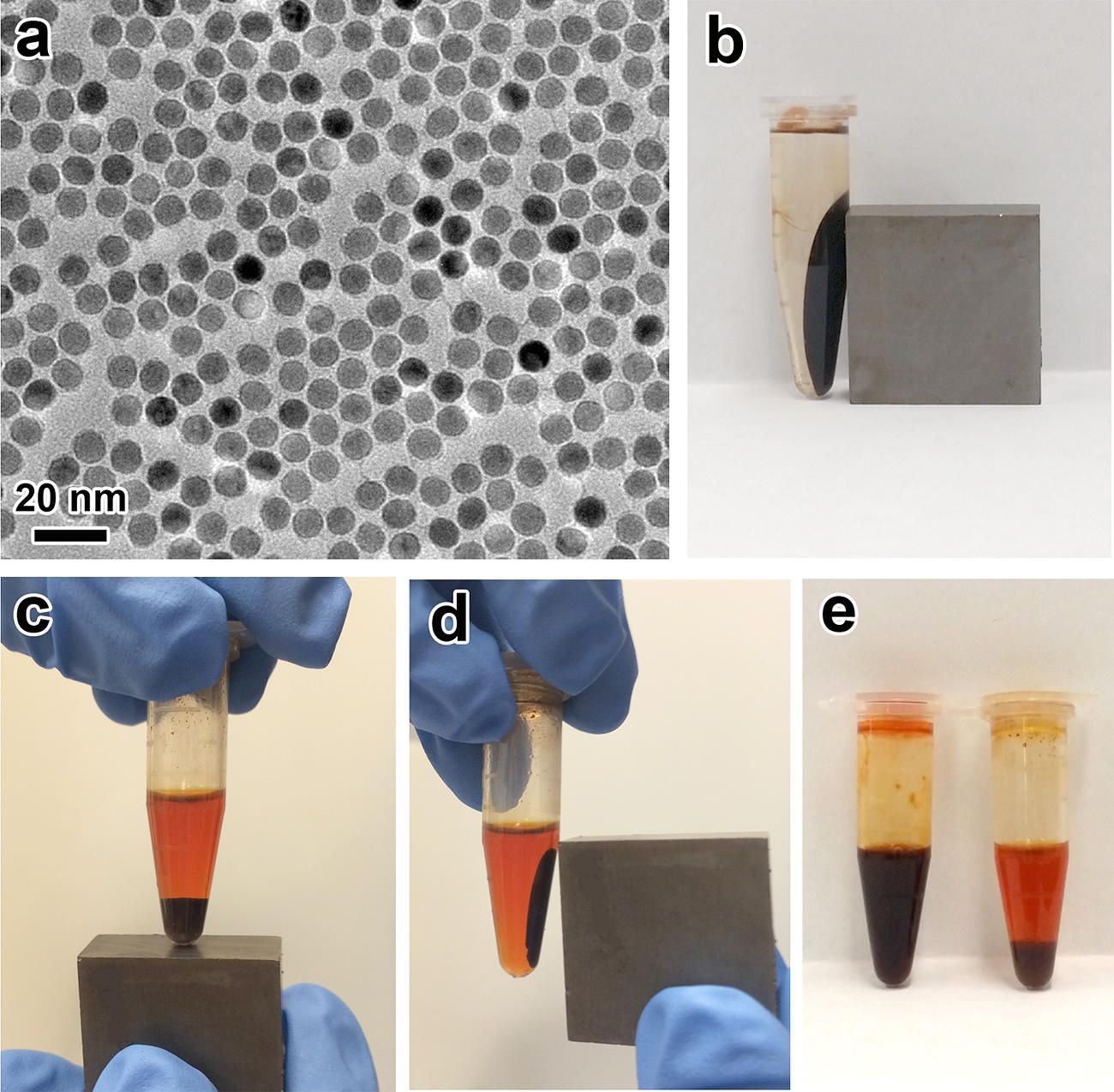Tweet at us! @pbsspacetime.
Facebook: facebook.com/pbsspacetime
Email us! pbsspacetime [at] gmail [dot] com.
Comment on Reddit: http://www.reddit.com/r/pbsspacetime
The prospect of interstellar travel is no longer sci-fi. It COULD be achievable within our lifetime! But, how would an interstellar rocket-ship work? On this week’s episode of Space Time, Matt talks options for interstellar travel — from traditional rocket fuel to antimatter drives, could we travel to other star systems? Watch this episode of Space Time to find out!
“Quantum Entanglement & Spooky Action at a Distance”:
https://www.youtube.com/watch?v=ZuvK-od647c
“The Real Meaning of E=Mc²”:
https://www.youtube.com/watch?v=Xo232kyTsO0
“Could You Fart Your Way To The Moon”:
https://www.youtube.com/watch?v=iaN0xg2VQSo





